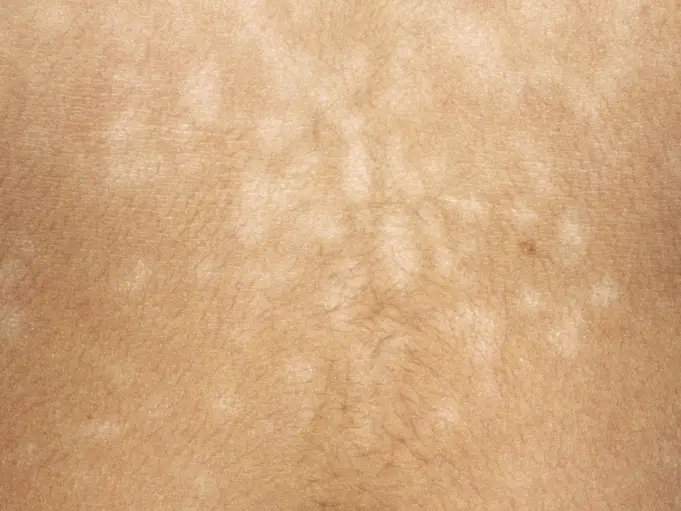Tinea versicolor is a skin disease identified by a rash on the trunk and proximal extremities. Although somewhat unpleasant, this infection is both one of the most common and harmless infections. It occurs when certain yeast that naturally lives on skin begins to spread more than it should.
Although this condition is relatively simple to treat, most people will never see a permanent solution to the problem. Read on to learn why most people fail at treating tinea versicolor.
The Nature of Skin
Because the skin is the body’s largest organ, it is unfortunately vulnerable to a significant number of conditions. Moreover, because it is the largest organ as well as the one that keeps out what should be out and in what should be in, various factors can affect the overall health of skin.
Frankly, this is the number one reason most people fail to effectively treat this condition as well as a whole host of other skin-related ailments. And in the case of tinea versicolor, there are so many contributing factors.
Diet
One key way in which the infection spreads is when a person has a weakened immune system. And while there are yet another large number of things that can affect your immune system, malnutrition is one of the biggest. We all know that a well-balanced diet is essential for a healthy immune system, but very few of us actually know how off-balance our diets are.
If you’re suffering from an infection, not having a proper diet can mean a long and annoying infection. Still, it is hard to know exactly what nutrient or vitamin you’re deficient in. This is why you should not eat too much of one kind of food and be sure to always eat something from each of the five food groups.
Also, don’t forget about fats. Fats are necessary for the absorption of vitamins and minerals. Those on a weight-loss diet or any diet which limits or excludes certain types of food will probably fail to get rid of their infection.
Genetics
Some people appear to be genetically predisposed to having this condition. Scientists are not entirely certain of which genetic factors are involved since, as mentioned, there are a number of contributing factors.
If you have a genetic predisposition for this condition, it is likely that no treatment will ever permanently cure you of it.
Hormones
This condition is often caused by changes in the body’s hormone levels. This is why most cases occur in teens and young adults. Sometimes, women taking hormone-based contraceptives also become more prone to this infection.
Because of the complexity of our hormonal processes, it is nearly impossible to know which hormone at what level of imbalance is contributing to the spread of an infection such as this.
Climate
This condition is most common among people living in warmer, more humid climates. But, depending on where you live in the world, you probably see your fair share of hot, humid days at some point during the year. Consequently, even people who have cleared up a past infection can expect to see it return in the summer months.
In fact, once you begin getting tinea versicolor, it is likely to recur once or twice yearly until some other major contributing factor is removed from the equation. This is why doctors sometimes prescribe once or twice monthly treatments and why you should start treating it immediately the moment you notice it reappearing.
The Nature of the Condition
Tinea versicolor is caused by Malassezia yeast. The two main species of Malassezia that are known to cause this infection are Malassezia globosa and Malassezia furfur. The Malassezia family of fungi is also responsible for various other skin conditions such as dandruff and dermatitis.
And the main reason why people fail to treat this condition successfully is because the Malassezia fungi naturally live on our skin.
That’s right, even though you may not have, ever had, and never will have tinea versicolor, you always have and always will have the yeast which causes the condition. This is part of the reason why the infection is in no way contagious. Malassezia fungi do not pose any real problem until they begin to spread out of control.
And it is only once they have spread too much that you start to see adverse symptoms related to their presence, such as itchiness or skin discoloration. So, while most people ultimately fail to permanently cure themselves of tinea versicolor, there is some consolation in knowing that it is probably not your fault.
There are still things you can do to make it easier on yourself such as wearing sunscreen and clothing that doesn’t cause you to sweat too much. If yours is particularly troublesome, don’t hesitate to see a doctor.
While they won’t necessarily cure you, they’ll give you everything you need to keep any stubborn infections at bay.












